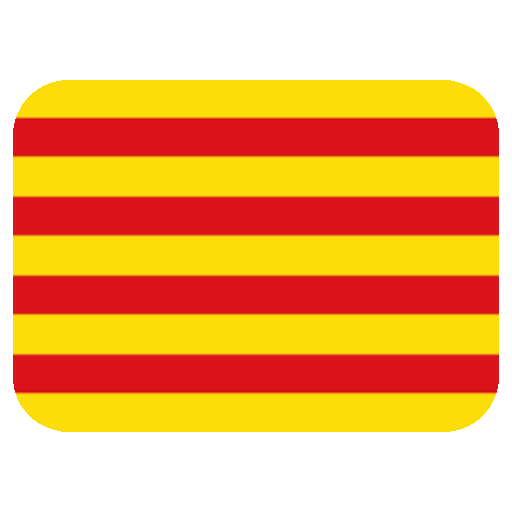Fa uns dies va creuar-me pel davant el Manifest for posting online in 2023 i em va semblar bona idea fer-ne una traducció al català, tenint en compte que no sóc escriptor ni traductor, i el meu anglès és el que és.
Em sembla una bona reflexió per tenir a mà quan navegem per aquest internet que tenim, i en general per prendre'ns tot una mica amb més distància. Viuriem tots una mica millor.
One day a message crossed my #Mastodon timeline: There is a simple #bookmarks #NodeJS application that federates via #ActivityPub as any other #fediverse account! Great, I have to try it. One month later I have my new LinkBlog up and running.
This post explains the installation of #Postmarks and also covers the set up of a customization strategy that allows to keep the project code up to date.
While working in my pyxavi #Python library I was wondering how complicated would it be to publish it as the rest of the packages I use often. How difficult is to build and distribute a project through #PyPI? In this article I go through the steps of building and publishing a Python package into PyPI with #Poetry for everyone to use it.
Lately I find lot of interesting projects that run over #NodeJS, and TBH I have no too much idea. So then what is better than installing it at home to play around? In this article I go through the (really easy) installation process of Node JS 20.
After installing an Apache in a #RaspberryPi, one of the common next steps is to add support for #PHP. Here I describe the steps to install and set up the PHP version 8.2 into our little host, including some of the most common modules / extensions and the integration with #Apache2
In the path to have a #RaspberryPi serving a blog, one classic step is to install an #Apache2 web server. In this post I describe the process including permissions, modules and virtual host setup.
Summer is gone and at home there is some maintenance to do. #RaspberryPiOS has updated from #bullseye to #bookworm and I have some machines to catch up. Here I log the steps I did to upgrade the first one.
With the landing of the new #Mastodon v4.2.0, I decided to document the process I take to build and apply a new #Docker image for the instance I maintain at talamanca.social. Even it is distributed with an official Docker image, there are some customizations (mostly icons and images) that I want to keep and therefore I must build my own one.
As I presented LaDragonera.com days ago, I have a #Pixelfed instance that I maintain on my own. It has been running and federating for almost a month and I am proud to see how well now behaves with the current load.
In this article I go through the steps I did to bring it up into a #RaspberryPi under #Docker.
Hosting an instance like #Mastodon or #Pixelfed under #Docker makes you deal with Docker images every time a new version comes or simply when you apply any customization, like changing the logos or so on. The process is not really complicated but there are some caveats that keep an eye on.
Here I focus on my Pixelfed instance at LaDragonera.com.










